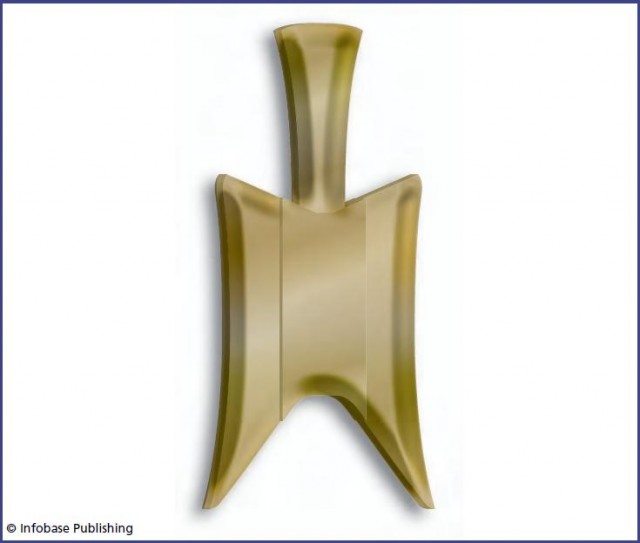Shennong, the Divine Farmer
Traditional Chinese medicine is based largely on herbs, and it has been practiced for a very long time—about 5,000 years. Chinese legend attributes its origin to an emperor who is thought to have lived from about 2737 b.c.e. to about 2697 b.c.e., probably not far from the city of Xian in what is now Shaanxi Province. That emperor was called Shennong. Many long-lived civilizations trace their origin to a time when history and myth are indistinguishable and their kings were divine. Shennong may have existed as a real person, but he was also a god. He was also known as the Emperor of Fire (Yan Di) or the Yan Emperor and the Emperor of the Five Grains. Shennong means “divine farmer” and refers to the belief that he taught his people how to cultivate plant crops and how to use herbs to cure illnesses. He is usually portrayed draped in leaves, with two horns on his head that associate him with the water buffalo, the draft animal used to plow the land—although Shennong is portrayed using a two-pronged spade, a farm implement that preceded the plow. Miniatures of these spades came to be used as charms, and during the Zhou dynasty (11th century b.c.e. to third century c.e.) the Chinese used spade coins, called bubi, based on the same shape. The following illustration shows one of these spade coins.
Shennong is credited with having changed the Chinese diet from one based on shellfish, meat, and wild fruit to one based on cereals and vegetables. The change was necessary because the population was increasing and there were insufficient wild animals, but it also meant that people no longer had to kill animals for food. There is archaeological evidence that people were growing both the principal types of cultivated rice (Oryza indica and O. japonica) in China by 5000 b.c.e., so by the time of Shennong rice farming was probably expanding into new areas.

In China, food and medicines have always been closely linked. As well as introducing people to plant foods, Shennong investigated the therapeutic properties of herbs by the simple expedient of tasting them. He is reputed to have tasted 70 different herbs on a single day and eventually he tasted all the herbs that grow in China. His stomach was transparent, making it possible to observe what happened to the herbs that he had eaten. He was frequently poisoned, of course, but he discovered a remedy. One day a tea bush caught fire. The rising hot air carried twigs with burning leaves through the air and some of them fell into Shennong's cauldron of boiling water. When the emperor drank the resulting infusion, he found it worked as an antidote to the poisons. In the end, though, he died from eating a type of grass that was alleged to break the intestine. Shennong is also credited with having invented acupuncture.
Shennong described the herbs he tried and listed their properties in a book entitled the Shennong bencao jing (Herbal classic of Shennong). The earliest record of this work contains references to laws that were in operation during the latter years of the Western Han dynasty (206 b.c.e.–220 c.e.) however, so it was clearly compiled many centuries after Shennong's death. The work is unlikely to be authentic, but nevertheless it is the earliest known Chinese pharmacopoeia, and it describes 365 medicines derived from plants, animals, and minerals.
Together with his close relative the Yellow Emperor Huangdi, Shennong is regarded as one of the ancestors of all the Chinese peoples. He is also regarded as an ancestor of the Vietnamese people.
- John Ray and His Encyclopedia of Plant Life
- Pliny, Preserving Knowledge
- Alexander the Great and His Empire
- What Is a Pharmacopoeia?
- Pedanius Dioscorides and His Catalog of Medicinal Plants
- Medicine and plants
- Theophrastus, the Father of Botany
- Aristotle and His Natural History
- Plants Cope with Salt and Heat